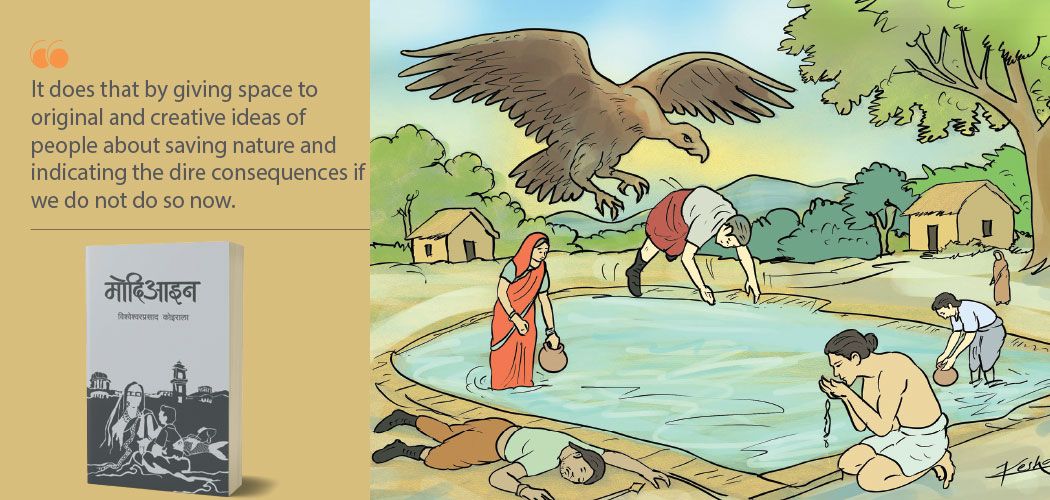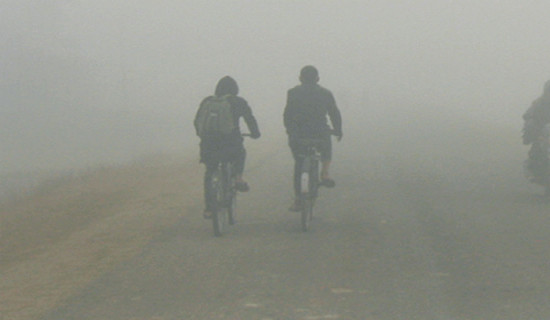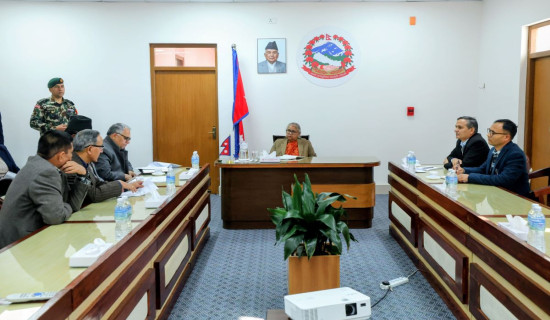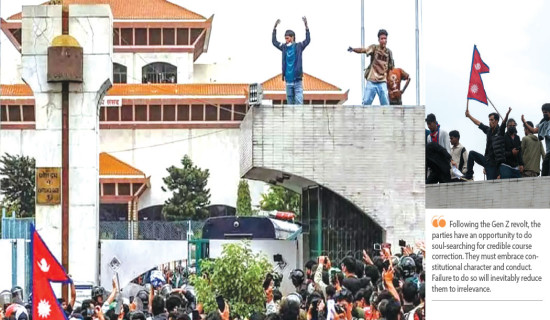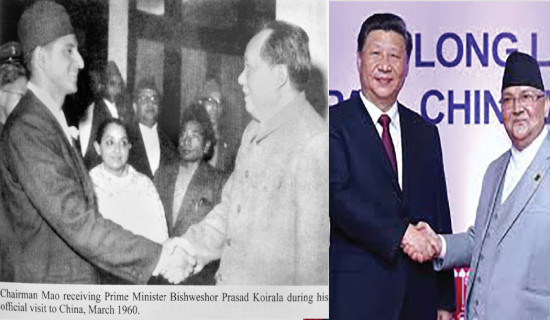- Wednesday, 17 December 2025
Ecological Significance Of Modiaain
Fiction is a flexible and effective medium to present the diverse picture of human characters and the significance of the milieu where it is set. A good fictional work presents a very significant picture of that by achieving a consonance of the anthropomorphic and the natural or ecological agencies. In no literary form do these elements meet with meaning than in the fictional form.
A fictional work can be used to project the very significant concepts broadly related to nature or what we have been famously calling ecology. It does that by giving space to original and creative ideas of people about saving nature and indicating the dire consequences if we do not do so now. It does that either by directly describing the condition or through the means of metaphors and symbolism. The novel does so through its flexible character in relation to the use of the story and characters. One way of doing so is the dramatization of the fiction. Good fictional works are dramatised. I am taking a short novel titled Modiaain, written by the famous Nepali novelist, the late B.P. Koirala.
Eponymous novella
Modiaain is an eponymous novella by renowned writer and politician BP Koirala. In the fiction, Koirala has reinvented the Mahabharata, a famous classical epic of India, to deliver the message of peace and the futility of war. Set in the Indian city of Darbhanga, a district in the Bihar state of India and its surroundings, it depicts the disquiet of women whose men would be fighting at the front lines of the Mahabharat Yuddha.
Modiaain, a central character, tells an inquisitive boy the Mahabharat katha.
As she threads the story, she becomes amorphous, assuming the role of the spouse of a soldier involved in war on behalf of the Kauravas. Krishna’s all-out efforts to prevent war between the members of the same royal family fall through. When arrows and swords are ready to pierce the air of Kurukshetra, Arjuna, a key warrior of the Pandava sena, refuses to kill his brothers and relatives. After Lord Krishna constantly persuades and reminds him of his duties to stand against injustice and untruth, Arjun eventually lifts his bow and arrow to eliminate enemies in the war described as Dharma Yuddha.
The novella blends the elements of nature, war and deep human psychology in a mythical frame. The novelist does not resort to the traditional way of seeing the Mahabharat. He retells it through three woman characters – Modiaain, a fisherwoman and the wife of a Kaurava soldier – to inject new meaning into the sacred text. He deconstructs it by narrating the Mahabharat from the mouth of a Kaurava soldier’s better half, who prays for peace but predicament has it that she is forced to watch most of the people die on the battleground from a distance.
The novella also alludes to nature – lake, cloud, and animals, forests and so on. There is a big lake named Dadaha that dates back to the Mahabharat era. In the beginning, it was a small well- protected by a wall and surrounded by dense forest. Over the years, forests have been destroyed to allow for increasing human settlement and activities. Modiaain calls it a special pond because of its association with a dead soldier of the Mahabharat yuddha.
A character named Machhuwarin (fisherwoman) says: “…. In Kaliyuga, humans have not only become weak but animals are also losing physical strength. In ancient times, humans were as brave as elephants and so were animals.”
She unravels the story of the lake, “… In the time of the Mahabharat, an eagle flew, picking the body of a warrior from Kurukshetra and throwing the corpse into the well. Where is Kurukshetra and where is Darbhanga? What a long distance! How huge the eagle was! That time.”
After a tantric yogi of the Darbhanga palace learns the pond’s hidden mystery from her, he tells the king about it. The king, in no time, mobilises thousands of workers to dig deep into its water surface. Workers discover numerous pieces of bones and remnants of the warrior, which are immersed in the Ganga River as per religious rituals.
In today’s context, the lake bears ecological importance as it sustains the lives of people, animals and plants. In the village, the people use its water for daily uses – bathing, washing and other hygienic purposes. During the scorching summer, it is a source of solace for them to beat the heat. In view of drying sources of water across the plains in Nepal and India, such kind of ponds help the people to fight the heatwaves that are largely attributed to global warming triggered by climate change.
Broad panorama
The other aspect of good fiction is that it can be turned into another genre of literature. Fictional works are turned into cinema, and in important cases into a drama. Novels are performed on stage. The broad panorama encompassed in the novel and the temporal spaces are changed to make it suitable for staging. The fictional theme of Modiaain was also famously dramatised and staged in Kathmandu.
By using the principal theme of this fiction, Professor Dr Abhi Subedi wrote a drama entitled ‘Sandajuko Mahabharat’ that was successfully staged in 2015. It brilliantly presents political struggles, court trials, personal life and philosophy of BP Koirala, also Nepal’s first democratically elected prime minister. BP has been fondly called Sandaju by his followers. The theatrical experiment of the fiction implies its literary flexibility, timeless themes, characters and message. The dramatisation of Modiaain has also spread the ecological message inherent in it.
(The author is Deputy Executive Editor of this daily.)

